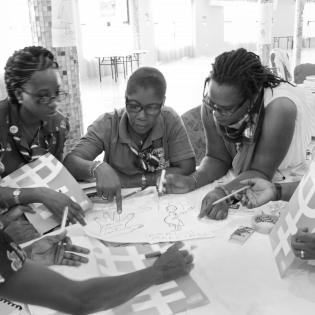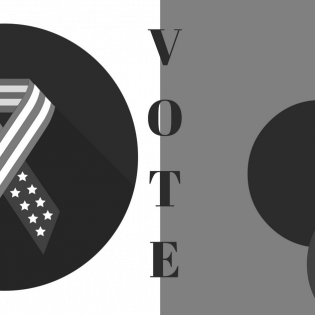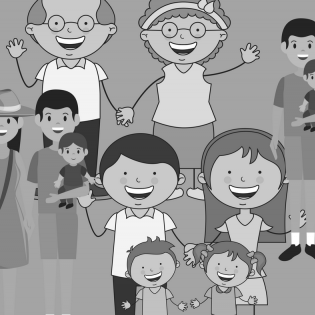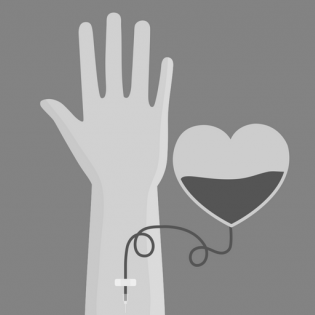Video Clip and Discussion Guide: The board of directors is the decision-making group responsible for maintaining the mission of a nonprofit organization. It is a volunteer position in which board members develop a network and career and life skills. The organization benefits from the different skills of the members of the board (trustees).
Filter by subjects:
Filter by grades:
Filter by audience:
Filter by issue area:
Filter by content type:
Filter by resource type:
resource search
Video Clip and Discussion Guide: The government cannot and will not take care of all of society's needs. In all countries, there is a balance of what needs are addressed by government, by business, and by philanthropy (or the nonprofit sector). In the U.S. where the government is relatively small and limited, the nonprofit sector addresses many needs where there are gaps between government and business. Because of the good philanthropy does for all, there are tax benefits for nonprofits and for people who donate to philanthropy.
Video Clip and Discussion Guide: An important part of being in a community is interdependence. The members of any community share ideas and responsibilities for maintaining and improving the community. This film clip shows two examples of communities forming through collaboration, or collective action, around an idea for improvement.
Video Clip and Discussion Guide: There are more than 38,000 family foundations across the United States. Family foundations are established in order for individuals to share their wealth and address an issue they care about. The founders' children and grandchildren sit down together for years to carry on the giving. This video shares how they continue and adapt the founders' vision.
Video Clip and Discussion Guide: This two-minute video clip shares the stories of giving blood as an act of philanthropy. Why do people give blood, and how does it impact society?
Through a fable, learners discuss how generosity improves the quality of life in their communities.
Learners use economic thinking to determine how to allocate their scarce resources for community service.
Students describe elements of personal health and fitness and relate this to the health of the community, recognizing that the elements of a healthy community are good for all members. The students identify the availability of healthy foods and practices in the school, neighborhood, and home...
This lesson guides learners as they inform a public audience about philanthropic acts that enhance the common good. The learners write newspaper articles that describe acts of service and volunteerism in their community.
This lesson teaches how to journal about their own experiences and feelings. It is intended to be taught in conjunction with a project of civic engagement or service. The project provides content and a context for journaling about personal experience.




